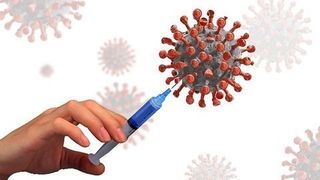
HAIs
Latest News

Latest Videos

More News

Explore APIC Chapter Conferences for the remainder of 2024 and 2025. As your APIC Chapter announces its conference, send it to ICT to be posted here!

Hospital-acquired pneumonia (HAP), including ventilator-associated (VAP) and non-ventilator (NVHAP) forms, poses significant health risks, contributing to mortality, readmission, and high costs.
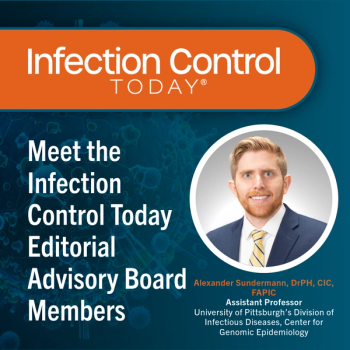
Meet the experts shaping infection prevention: Infection Control Today's Editorial Board members share insights, experiences, and cutting-edge strategies to enhance health care safety and quality. Meet Alexander Sundermann, DrPH, CIC, FAPIC.
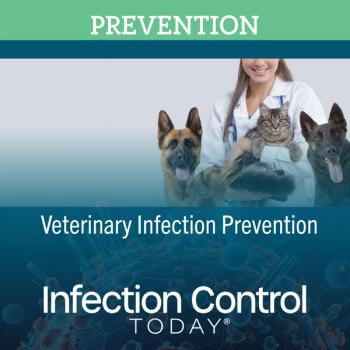
Veterinary medicine's growing focus on infection prevention aims to address zoonotic disease risks, emphasizing specialized training, proactive guidelines, and collaboration between human and veterinary health teams.

Regulatory surveys in long-term care settings focus heavily on infection prevention, with F880 frequently cited. Facilities should ensure thorough infection control training for all staff and partners.

Take 5 minutes to catch up on Infection Control Today’s highlights for the week ending October 27, 2024.
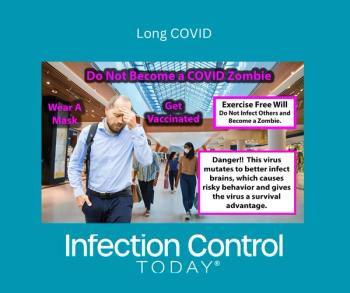
New research highlights long COVID’s global impact, cognitive decline, and societal consequences, urging renewed focus on prevention, including vaccination, mask use, and better air quality.

Infection preventionists (IPs) leverage change management techniques to overcome resistance, build momentum, and implement infection prevention strategies to safeguard patient health and organizational efficiency in health care settings.

Contaminated ice machines caused Burkholderia multivorans infections at hospitals in California and Colorado. Health officials recommend stopping ice machine use during clinical care to prevent further outbreaks.

Postoperative pneumonia (POP) is a common surgical complication that increases hospital stay, costs, and mortality. Oral hygiene before and after surgery can significantly reduce the risk of POP.
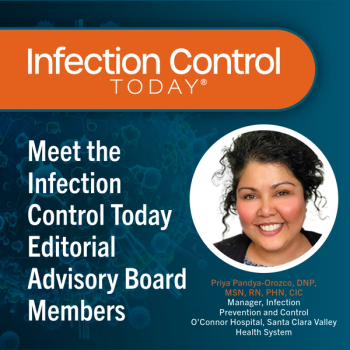
Meet the experts shaping infection prevention: Infection Control Today's Editorial Board members share insights, experiences, and cutting-edge strategies to enhance health care safety and quality. Meet Priya Pandya-Orozco, DNP, MSN, RN, PHN, CIC.

Use this handout to explain the basics of why infection prevention and control and antimicrobial stewardship are essential and how the 2 fields must have a unified approach to patient and staff safety

If a patient receives treatment or therapy that they do not need, it can cause unnecessary harm. This is true for medications, surgeries, and medical procedures, especially blood transfusions.

Infection preventionists focus on patient safety. Reducing CLABSIs requires meticulous care for all vascular access points, not just central lines, to prevent bloodstream infections.

Clear interdepartmental communication is essential for infection prevention in health care settings, minimizing risk, improving safety, and ensuring effective control during patient transfers across departments.

NV-HAP significantly contributes to increased sepsis, mortality, and length of stay, negatively affecting hospital metrics, finances, and patient outcomes, underscoring the importance of targeted prevention strategies.

Isolation rooms are essential for infection control in health care, relying on specialized design, advanced cleaning protocols, and technology to prevent cross-contamination and safeguard patient safety.

Immunocompromised patients face heightened risks during medical visits. To ensure safer health care appointments, prepare by understanding COVID-19 transmission, masking, ventilation, and exposure.
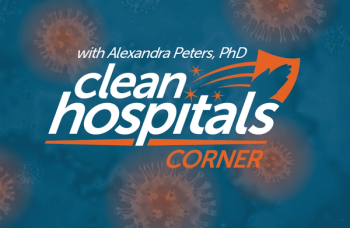
Clean Hospitals Day 2024 emphasizes health care environmental hygiene, recognizing environmental service workers' efforts across 6 technical domains, enhancing global patient safety and infection prevention.

Health care linens are critical yet overlooked infection risks. Ensure proactive management by auditing laundering processes to prevent contamination and safeguard patient health across care settings. Read this article by Alexander Sundermann, DrPH, CIC, FAPIC.

Sterilizing modern surgical instruments is challenging due to their complexity, increased size, and varied materials. Low-temperature methods are crucial, but overloading and rapid turnarounds heighten sterilization failure risks.

Watch ICT's discussion with Matthew Pullen, MD, at the various fungal infections, including Candidasis, aspergillosis, and many others. He also talks about his recent trip to the MSGERC Conference.

Pseudomonas aeruginosa: Infection Risks, Challenges, and Breakthroughs for Health Care Professionals
Pseudomonas aeruginosa, a highly virulent pathogen, poses significant risks to immunocompromised patients, presenting challenges in treatment due to its antibiotic resistance and environmental persistence.
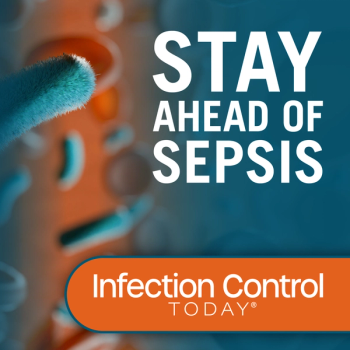
Hospital-associated infections affect over 1 million US patients annually. Proper medical equipment cleaning and sterilization significantly reduce infection risks, improving patient outcomes and safety.
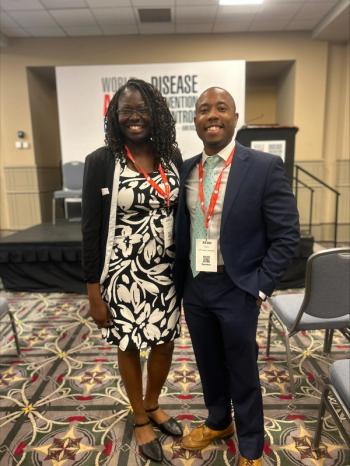
Sean Brown’s 2024 Disease Prevention Summit presentation emphasized leveraging technology, prioritizing high-risk patients, and environmental surveillance to enhance infection prevention and control strategies.











